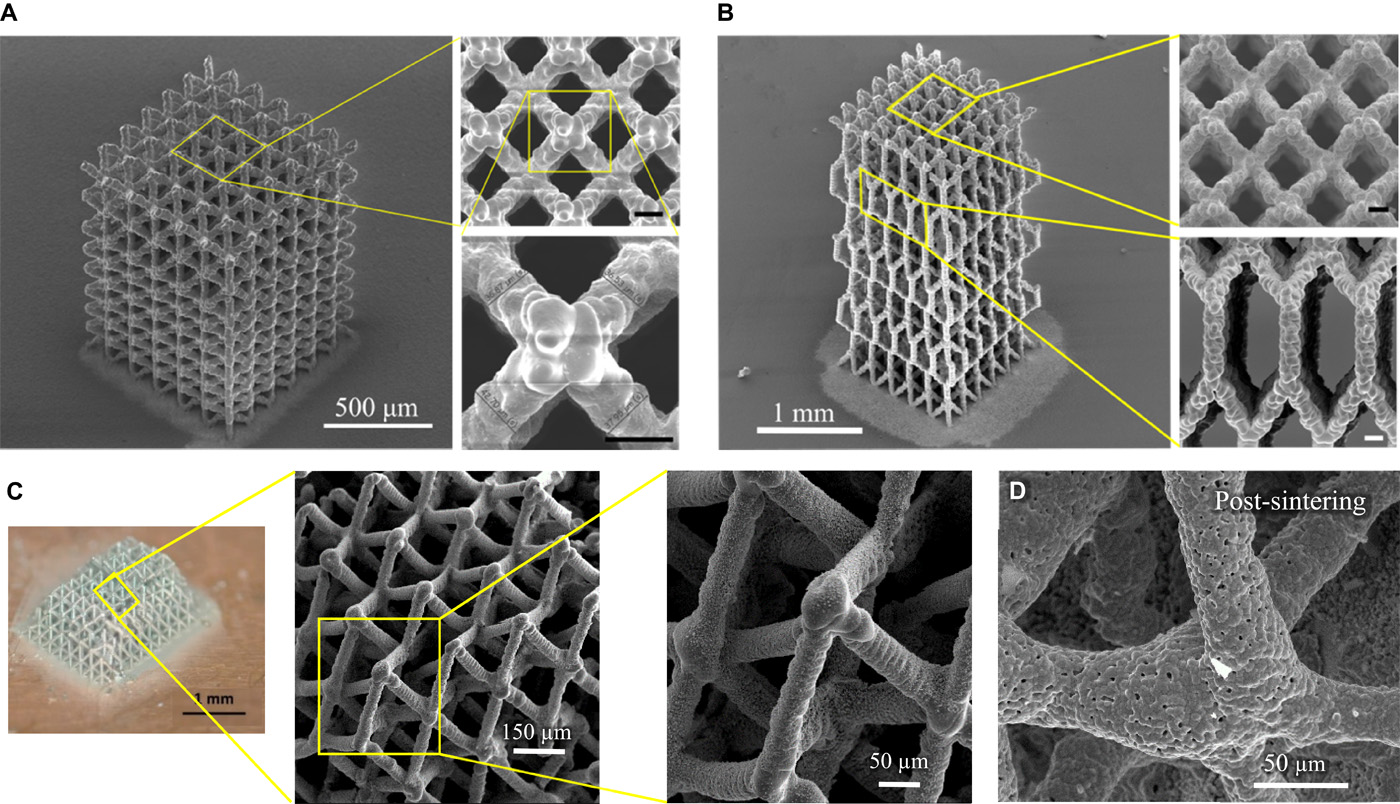
In other words, the structures Mohr and his team have developed show that at this point, it’s practically impossible to develop other material structures that are stiffer for the given weight, he explained. The strength or resistance to irreversible deformation also does, too. Moreover, it’s not only their stiffness-or resistance to elastic deformation-that approaches theoretical maximum values for such a characteristic, he said. However, researchers used a combination of computer calculations, theory, and experimental measurements to develop a new family of plate-lattice structures that are up to three times stiffer than truss-lattices of the same weight and volume, he said. “We can see through truss lattices, so they are often perceived as ideal lightweight structures.”

“The truss principle is very old it has long been used for half-timbered houses, steel bridges and steel towers, such as the Eiffel Tower,” he explained. He said this type of structure offers a number of benefits over trusses, which have traditionally been used in forms such as posts and rafters. Key to the design of the materials is the use of what are called plate lattices rather than trusses, said Dirk Mohr, professor of computational modeling of materials in manufacturing at ETH.

Researchers in Switzerland have developed materials that they believe are the stiffest porous-lightweight materials to date, paving way for new uses in automobiles, construction, and medical implants.Ī team at ETH Zurich in Switzerland has used 3D printing to create a family of new architectures that maximize the stiffness of porous lightweight materials, resulting in materials that are the stiffest they believe have been invented so far but that also have equal strength in all three dimensions, they said in an ETH news release.Ī graphic shows plate-lattices developed by researchers at ETH Zurich who believe they may be the design of choice for future lightweight porous materials.


 0 kommentar(er)
0 kommentar(er)
